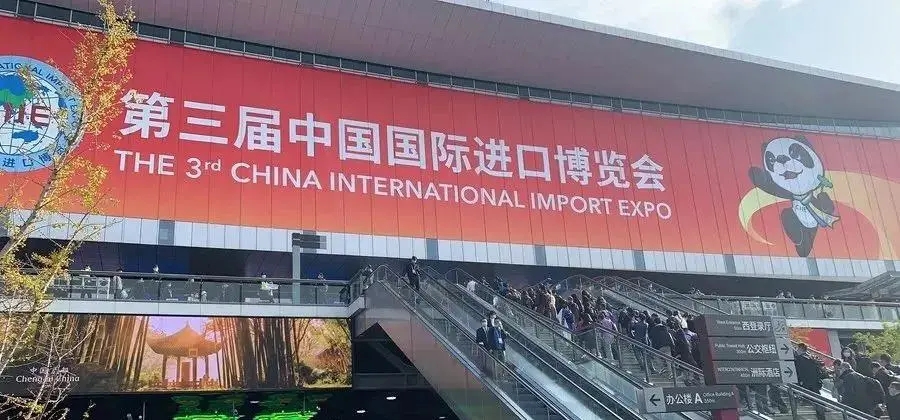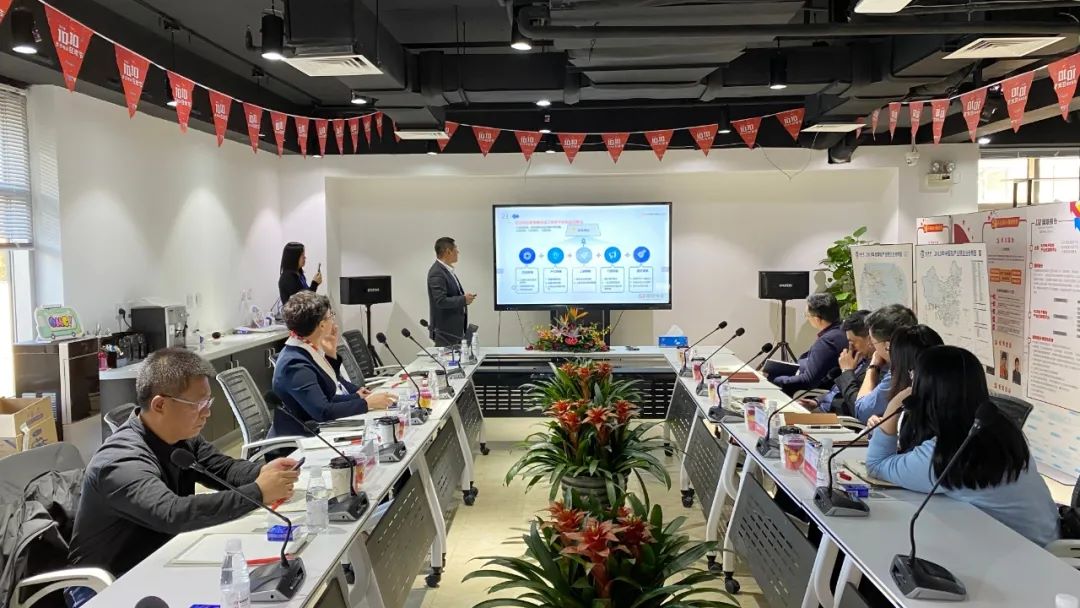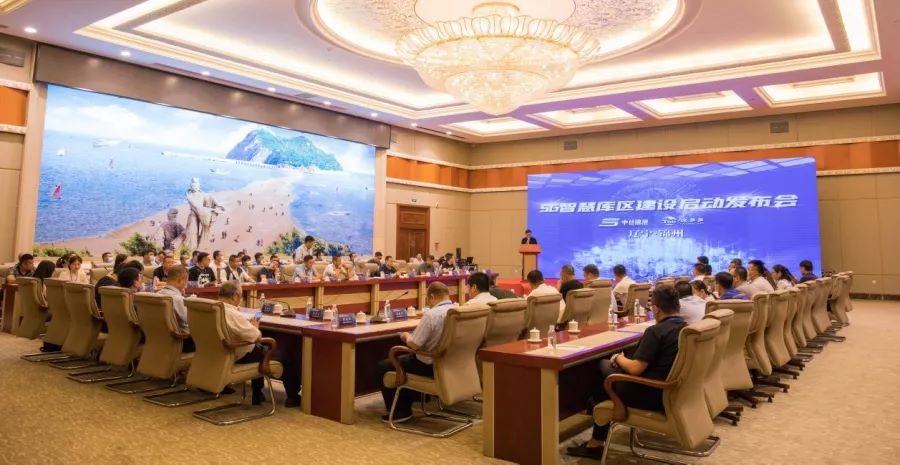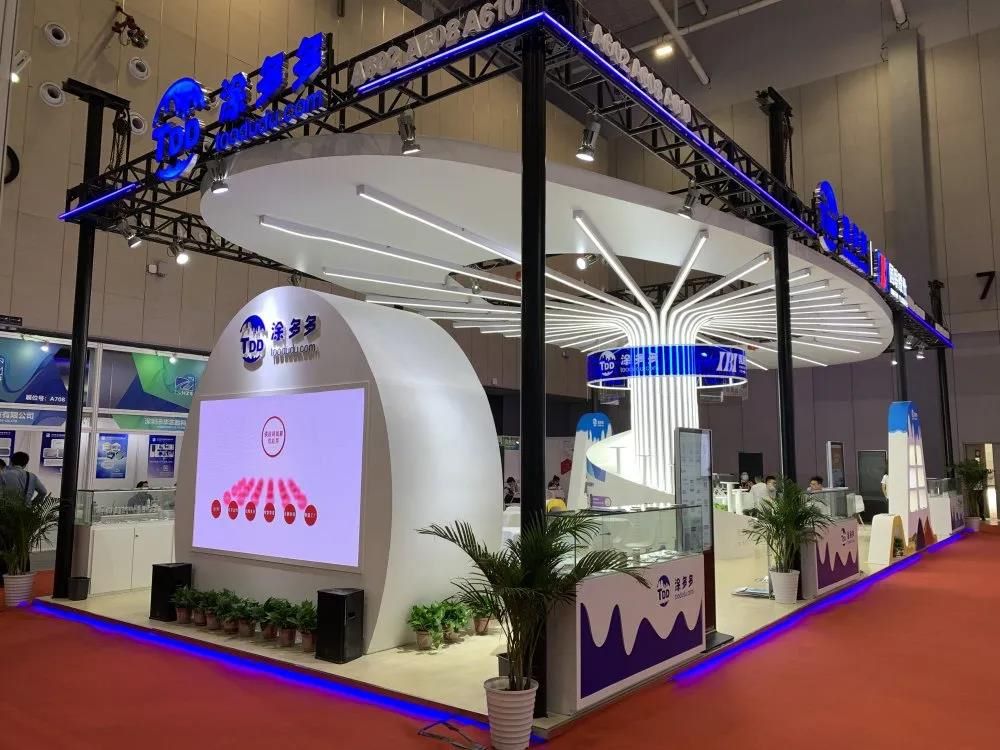Nexans Global Plants: Green Practices in the Use of Circular Carbon Black
The goal of achieving 50% sustainable materials in tires by 2030 has entered the countdown, which is like the "Sword of Damocles" hanging over the heads of tire manufacturers around the world.
Faced with increasingly stringent environmental regulations and the awakening of consumers' green consumption awareness, industry giants such as Michelin and Bridgestone have become "global hunters", looking for reliable sustainable material suppliers from waste tire recycling plants in Southeast Asia to new material laboratories in Europe and the United States.
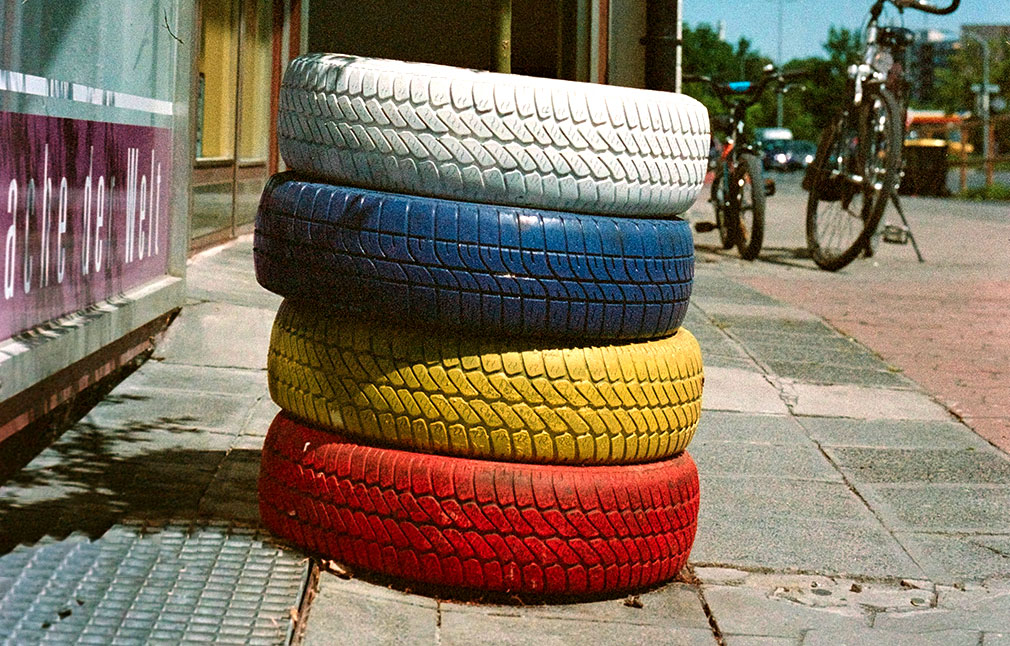
If you want to say which material is the most reliable and easiest to use, it has to be recyclable carbon black. The carbon black used to make tires in the past was fuel-consuming and not environmentally friendly. Now this recycled carbon black can turn waste tires into treasure, saving resources and solving pollution problems.
The big companies in the industry have all reacted, either spending money to build their own recycling plants or signing long-term contracts with technology companies, all wanting to stock up more of this material so that they can have the upper hand in future market competition.
South Korea's Nexen Tire has been making frequent moves recently. On May 7, they announced that they had signed a long-term contract with LD Carbon, a Korean company specializing in the pyrolysis of waste tires, and would purchase recycled carbon black from the company in the future. Nexans plans to use this recycled carbon black in its factories in China, South Korea and the Czech Republic.
In fact, Nexans has been slowly increasing the use of recycled carbon black over the past two years. This cooperation with LD Carbon will not only make its own technology for producing environmentally friendly tires more powerful, but also increase the proportion of sustainable materials in tires and accelerate the transition to green production.
And they are not only using it in South Korea, but also production lines in China and the Czech Republic will follow suit and switch to this new material. At present, Nexans is building a recycling supply chain to ensure a continuous supply of recycled materials and integrate them into the global production system. This is also to prepare in advance for the EU's upcoming "Ecodesign of Sustainable Products Regulation". At that time, the regulation will force the use of sustainable materials in tire production, and it will not work without advance preparation.
Nexans also said that in the future it will rely on building a sustainable raw material supply chain to enhance its competitiveness. Especially in the European market, they are ambitious and plan to make tires produced with sustainable materials account for 40% of total European sales. That said, LD Carbon, the company that supplies Nexen, is also very strong. At the end of April, the company opened South Korea's largest waste tire pyrolysis plant in Dangjin City, which processes 50,000 tons of waste tires annually and produces 20,000 tons of recycled carbon black and 24,000 tons of pyrolysis oil.
While Nexen was busy laying out the global recycled carbon black supply chain, other tire giants had already been competing secretly. At the International Tire Technology Expo held in a certain place, the booth of Bridgestone America was packed with people - everyone was watching their "secret weapon": a tire made of 70% recycled and renewable materials, which not only broke the industry record, but also was like a blockbuster, completely subverting people's imagination of environmentally friendly tires.
For this product, Bridgestone's R&D team has been holding back for three years. The laboratory is filled with hundreds of discarded tires. Engineers work day and night to extract recycled synthetic rubber from waste rubber products, use pyrolysis technology to "turn waste into treasure" from waste tires into recycled carbon black, and then match it with natural rubber from sustainable plantations.
Just adjusting the material ratio required hundreds of repeated tests, ensuring that core performance such as grip and wear resistance were not compromised, while also maximizing environmental protection properties.
At the exhibition, a technician picked up a tire sample and excitedly introduced: "We use a special process to process recycled carbon black, solving the problem of uneven dispersion; recycled synthetic rubber is modified and perfectly integrated with natural rubber."
The appearance of this tire is not only a technological breakthrough for Bridgestone, but also a declaration to the entire industry: environmental protection and high performance are no longer a single-choice question.

